Tanks, tulips and taxidermy: The strange lives of Britain's most eccentric collectors
Five collectors of unusual things, from taxidermy to tanks, tulips to teddies, explain their passions to Country Life. Interviews by Agnes Stamp, Tiffany Daneff, Kate Green and Octavia Pollock. Photographs by Millie Pilkington, Mark Williamson and Richard Cannon.
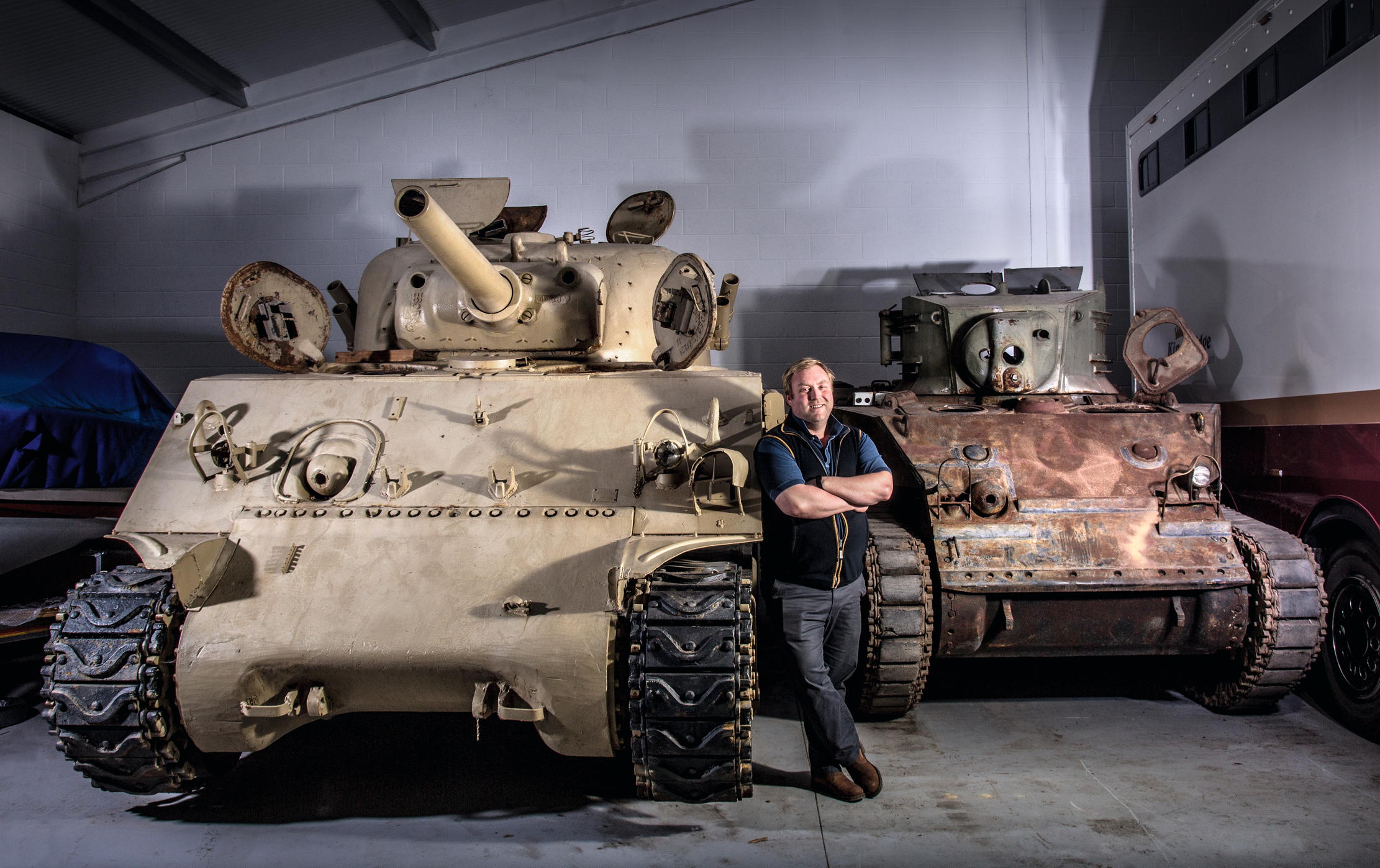

Jonathan Hickman’s garage full of tanks: ‘Tanks are a bit like sweets — you have one and then you want another’
There’s a saying when it comes to car restoration: ‘You’re only one broken bolt away from an eight-hour job,’ reflects Jonathan Hickman, an armoured-vehicle enthusiast based in Chaddesley Corbett, Worcestershire. As a boy, Mr Hickman enjoyed the utilitarian vehicles his uncle bought from surplus auctions in the 1970s. ‘In those days, you could pick one up for £5,000 or less. As they’ve become rarer, they’ve become more valuable.’
Today, Mr Hickman’s ‘tank shed’ houses his M4 Sherman tank (a reliable, general-purpose tank with a 75mm gun used by the US and Western Allies in the Second World War), ‘the Sherman’s little sister’ M5A1 Stuart tank, an M5 half-track personnel carrier, currently ‘in a million pieces’ as it undergoes restoration, and three armoured cars: a Ford-built M8, an M20 — ‘similar to the M8, with a slightly different configuration’ — and a Staghound T17E1, a ‘tank on wheels’. He also has a Series 1 Land Rover, a model used by the British Army almost as soon as it was launched in 1948. Over in Argentina sits another Sherman tank, which Mr Hickman bought ‘seven or eight years ago’, awaiting shipping to the UK. ‘Tanks are a bit like sweets — you have one and then you want another,’ he admits.
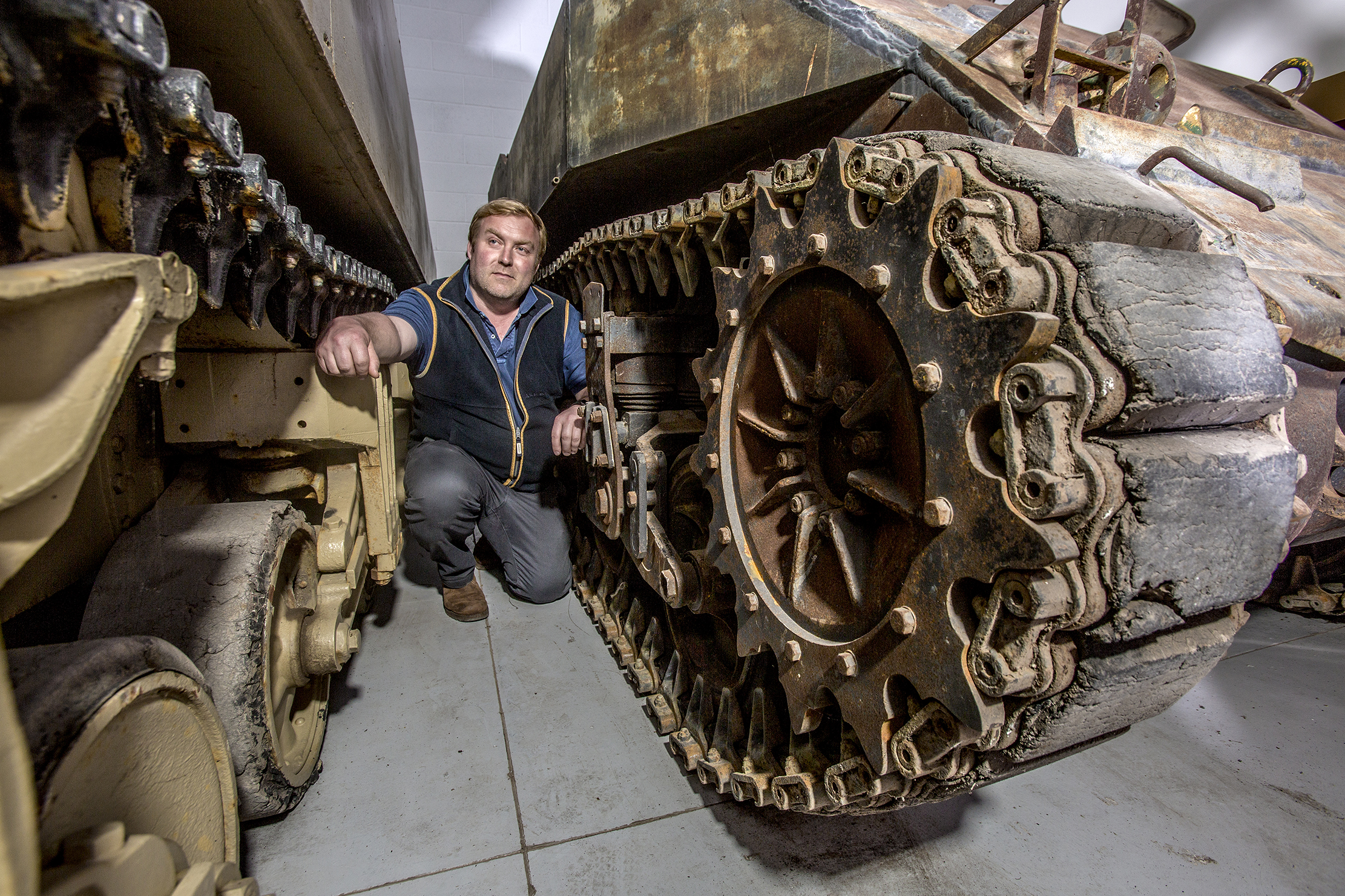
Trundling his heavy-duty arsenal to static shows in Britain is a thing of the past for Mr Hickman, as he grew tired of visitors clambering over them, demonstrating little respect for the financial or historical value of the vehicles. Instead, he prefers rallies on the Continent, where the battle scars of war can be readily seen: shrapnel marks on buildings and tanks erected as memorials. He admits that reenactment or ‘dressing up’ isn’t his core passion — the vehicles are — but taking part allows for an incredible sensory experience as the tanks clank and roll through the European countryside (the Sherman’s top speed is 25mph).
Although there are notable collectors of military vehicles — Microsoft co-founder Paul Allen was a fervent enthusiast and British businessman Kevin Wheatcroft has quietly amassed one of the largest private collections of military vehicles worldwide — Mr Hickman admits that his pastime is often perceived as ‘a bit weird’ and admirers might keep their hobby a secret. On the inside, the small network is a friendly and supportive crowd, readily sharing parts, knowledge and contacts: ‘If you own a Sherman tank in the UK, everybody within that world knows who you are.’
The vehicle I wouldn’t part with: ‘The Staghound. It’s extremely rare — in the UK, there are only seven, three of which are in museums — and it’s taken me all around the world looking for parts to restore it.’ AS
Polly Nicholson’s 400-year-old tulips: ‘There is nothing primary about these colours’
Polly Nicholson had been growing ordinary tulips at her home in Wiltshire for several years and establishing her florist business Bayntun Flowers when a chance purchase from a J. Parker’s catalogue of a Tulipa ‘Dom Pedro’ bulb changed everything. ‘It’s a Historic tulip dating from 1911 and, when it flowered, I discovered that it had a patina unlike that of any tulip I had ever seen.’
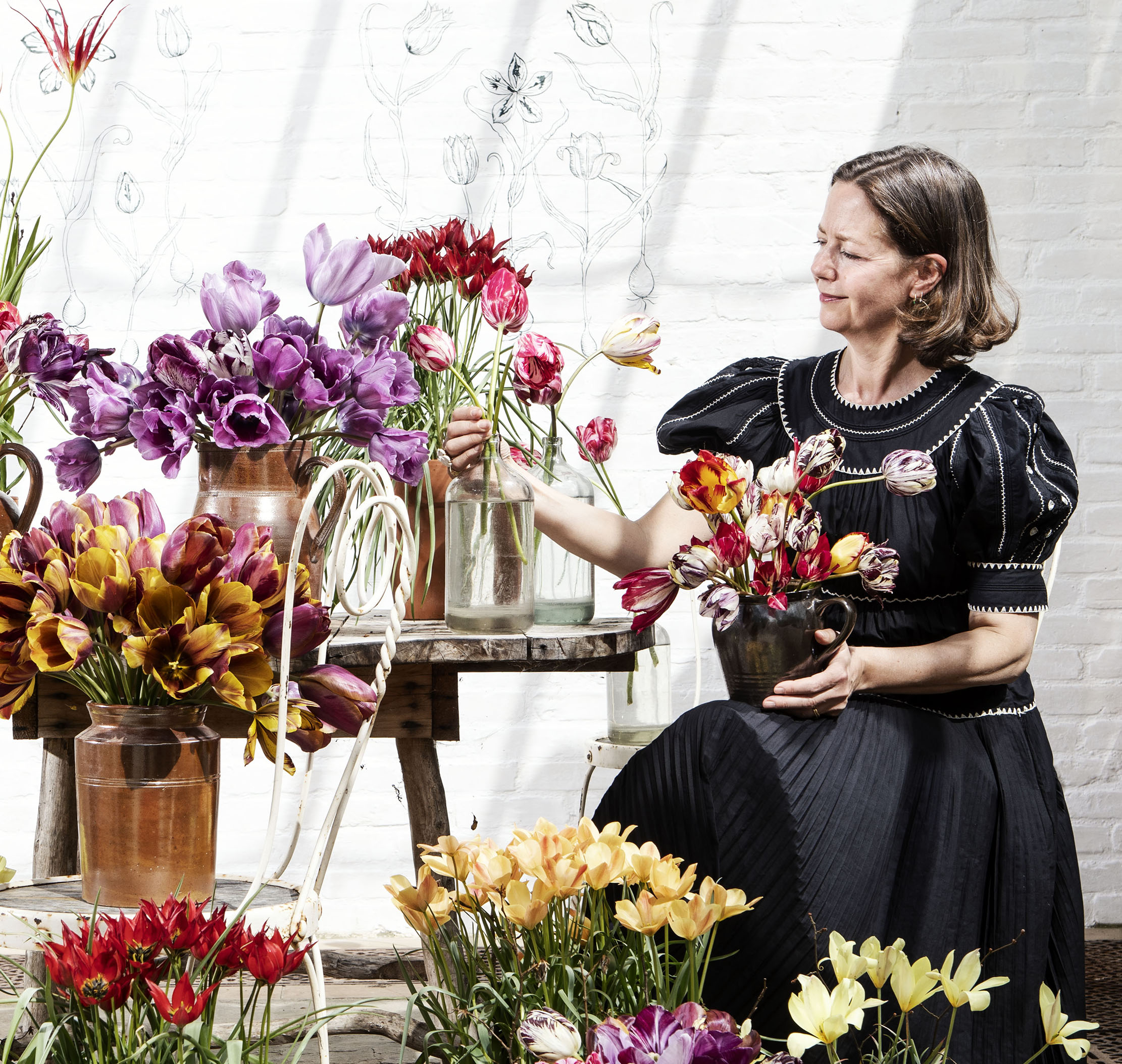
A visit to the flower paintings of the Dutch Golden Age at the Rijksmuseum in Amsterdam was followed by a trip to Hortus Bulborum in Limmen. ‘Realising that there was such a thing as a living museum of tulips sowed the seed of the habit of a lifetime. I had never seen Dutch Historic tulips en masse.’
Sign up for the Country Life Newsletter
Exquisite houses, the beauty of Nature, and how to get the most from your life, straight to your inbox.
Today, Mrs Nicholson has about 100 different Dutch Historic tulips dating from the late 16th century to the present day. The oldest is ‘Duc van Tol Red and Yellow’ of about 1595. ‘Breeders have a depth of pigment that is so distinct, especially the early-20th-century ones in their brooding and bruised “art shades”. There is nothing primary about those colours.’
Unlike Breeders, no two Broken tulips are the same. By contrast, symmetry matters a great deal with English Florists’ tulips, of which she has dozens of cultivars. Mrs Nicholson also collects species tulips, as described in her new book The Tulip Garden: Growing and Collecting Species, Rare and Annual Varieties. The name comes from the fact that they were bred in this country from the start of the 19th century. ‘English Florists’ tulips are much more elegant and refined,’ she says.
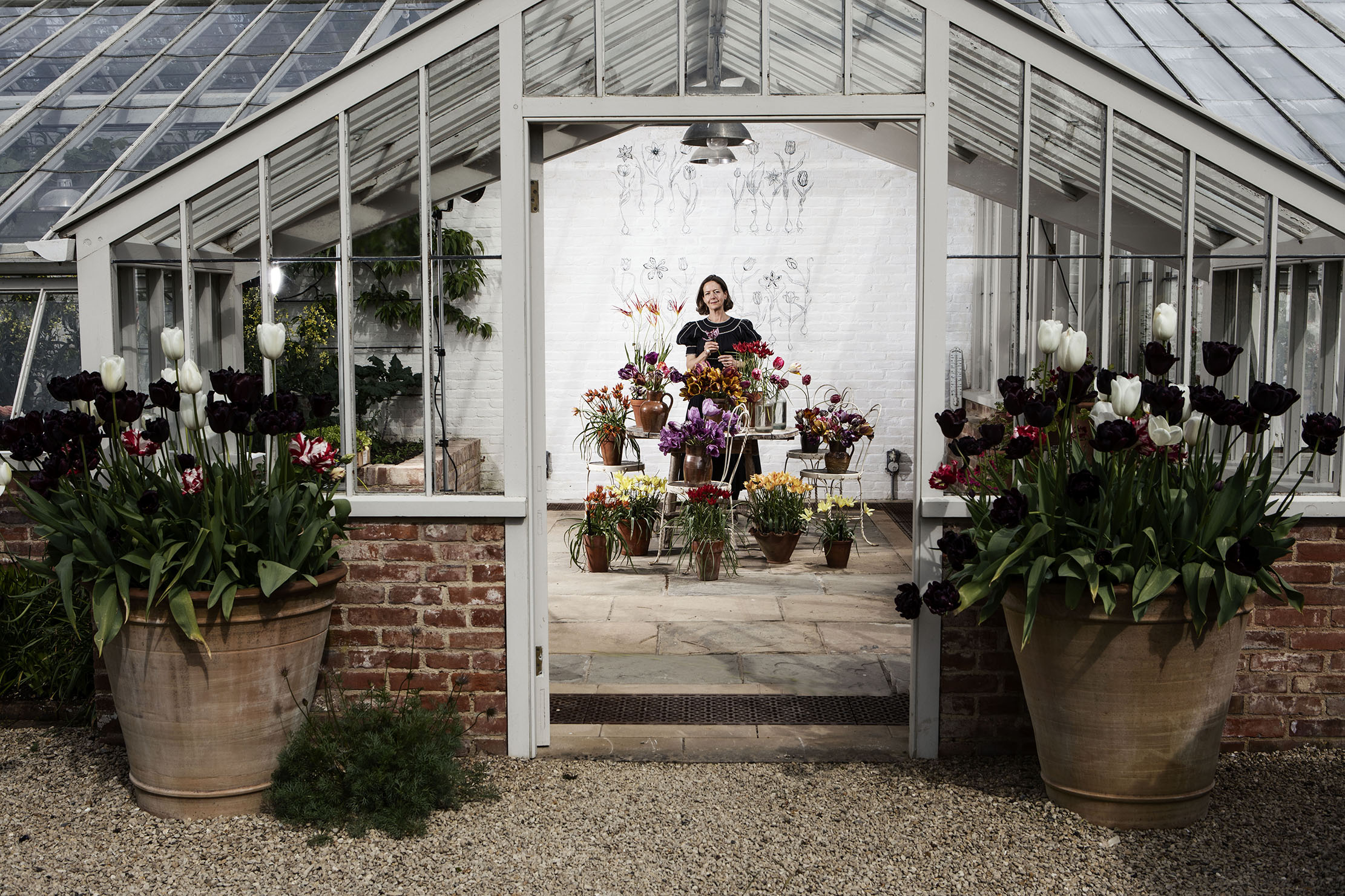
They come in three colourways: Rose, Bybloemen and Bizarre, which can all be represented by a Breeder or Broken flower. They are never available commercially, but are distributed by members of the Wakefield and North of England Tulip Society (established in 1836), of which she became a member in 2016. ‘They are absolute masters of what they do and so generous with their knowledge, drawing on centuries of first-hand experience.’
Which is your favourite? ‘A flamed English Florists’ tulip, ‘James Wild’, the first I grew. It has a mahogany cup on a cadmium yellow base. I love its simplicity and purity.’ TD
Gyles Brandreth’s 1,000 teddy bears: ‘I’ve shaken the hand that held the paw of the original Winnie-the-Pooh’
It began with a childhood trauma, ‘the length and breadth of my misery memoir,’ laughs Gyles Brandreth, author, raconteur and presenter. He is talking of his teddy bear, Growler, ‘so called because he did have a growl’, his companion in Germany, where his parents were posted. ‘Moving back to England, Growler got lost. I’ve over-compensated ever since. I lost one bear and ended up acquiring 1,000.’
As a child, Mr Brandreth devoured Winnie-the-Pooh and Rupert Bear books, as well as, of course, Paddington. His father was in the army with Graham Clutterbuck, producer of the 1970s ‘Paddington’ television shows: ‘Through him, I met Michael Bond, who gave me one of the real Paddingtons.’ The auspicious start continued: ‘I was lucky enough to meet Christopher Robin, son of A. A. Milne. When you shake my hand, you can say I’ve shaken the hand that shook the hand that held the paw of Winnie-the-Pooh.’
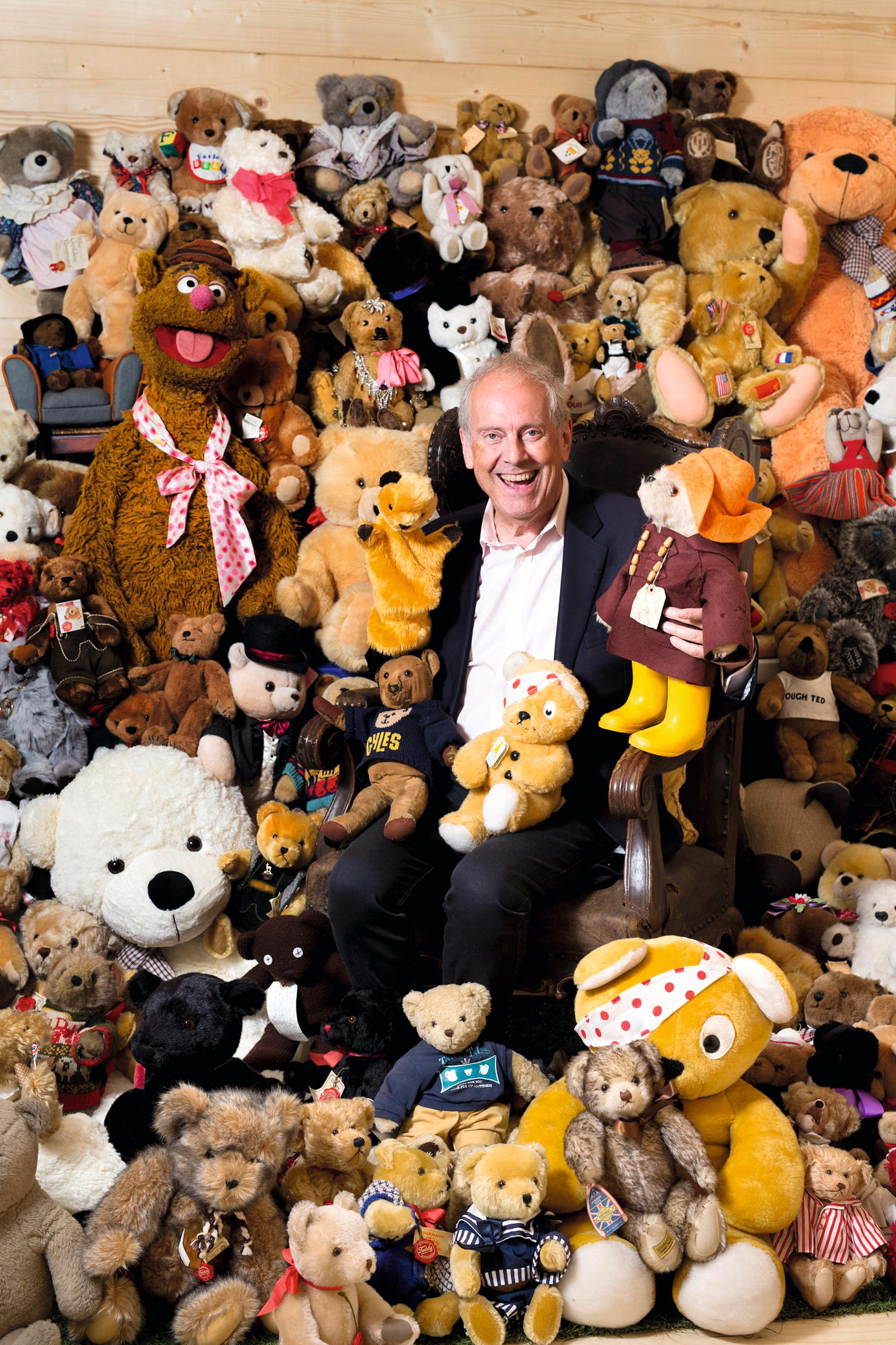
The famous bears continued to accumulate. ‘I have everything, an original Pudsey Bear, Sooty, Barbara Cartland’s personal bear, covered in pink.’ Many were, and still are, given: ‘I met Jim Henson, creator of The Muppets, and he said “I’ll send you one”. A huge box arrived — huge! — with a Fozzie Bear.’
Eventually, the bears grew too many for the Brandreths’ home. Presenting the BBC’s One Show, Mr Brandreth visited the Compton family’s Newby Hall in North Yorkshire and found they had a collection of dolls’ houses. ‘It is quite remote; if the Germans had invaded in the Second World War, the Royal Family would have sought refuge there. I mentioned I had a teddy bear or two…’ He adds delightedly: ‘A group of teddy bears is called a hug!’
The result was the Brandreth Bear House, home of bears that once belonged to Prince Philip, Tony Blair and Dame Judi Dench — ‘She’s 90 this year, so her bear is about 88’ — traditional German Steiff and English Merry-thought bears, all living in comfort with furniture built by the Jennyruth Workshop nearby. There are various settings, including the Buckingham Palace balcony with The King and Queen waving and the Royal ShakesBear Theatre: ‘Judi is artistic director and we’ve had McBear, The Merry Bears of Windsor and, rather controversially, Romeo and Paddington.’
The bear I wouldn’t part with: ‘It’s a joy to share them, but I still have a little William ShakesBear, with a ruff and holding a quill. Everyone needs a teddy bear in their life.’ OP
David and Alison McKinley’s world of antique taxidermy: ‘Our children’s friends never batted an eyelid. No one asked “why is there a bear in the sitting room?”’
‘Why taxidermy? Why not?’ says David McKinley, who, with his wife, Alison, has one of the largest collections of antique taxidermy in the country — and much more besides — at his home in Wiveliscombe, Somerset. To step into the hall of their 16th-century bishop’s house is to enter a fantastical world: a Malayan sun bear wears a military helmet, an iguana hangs upside down from the ceiling and a camel’s hoof acts as a doorstop.
Their kitchen walls are an angler’s fantasy, endless hefty fish floating prettily among reeds, plus a crocodile atop the dresser; another room contains a lion and lioness, a tiger’s head from Mysore in India, an African hornbill and a pieced-together egg from the extinct elephant bird. There are boxing hares, hedgehogs, a sloth, echidna, mountain sheep, dozens of fox masks, a porpoise’s skull and a towering 9ft skeleton of the extinct cave bear. ‘We think we’re perfectly normal — our children’s friends never batted an eyelid. No one asked why is there a bear in the sitting room?’
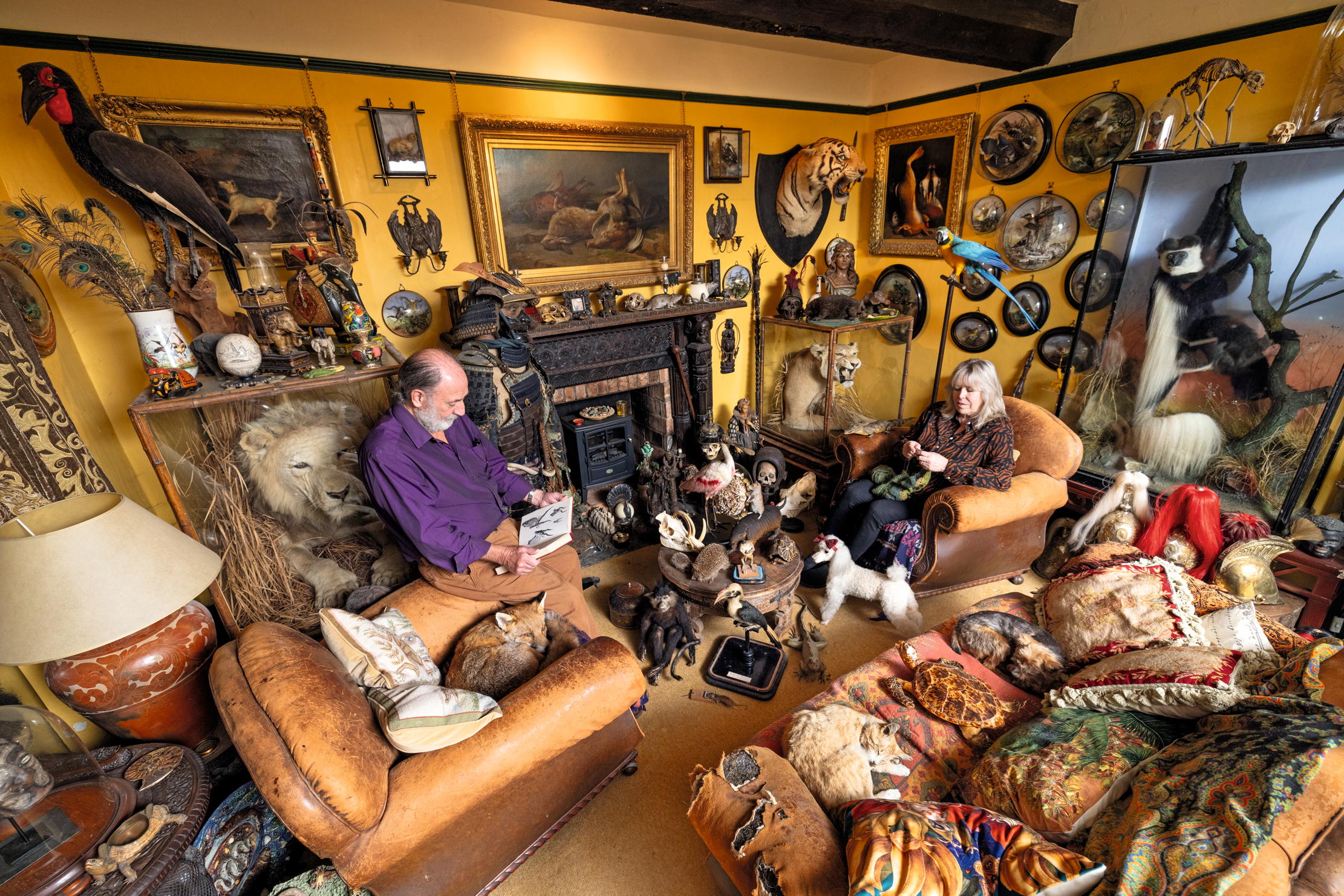
The birds and beasts are crammed around other eclectic treasures: Palissy china, funerary ephemera — including a rare 17th-century invitation to accompany a corpse — puppets from the last travelling shows, Victorian Valentines, a suit of armour from the Japanese Edo period, a Cornish poppet (to ward off evil spirits) found in a chimney and some 100 wall domes, many containing hummingbirds.
Mr and Mrs McKinley spent their early years going around the Pitt Rivers Museum in Oxford — Mrs McKinley’s father was a keen Egyptologist — and the seeds of fascination were sown. Their first piece was a goldfinch. ‘It just evolved,’ explains Mr McKinley, who does restoration and film work — he produced the rats for the ‘Harry Potter’ series — as well as dealing and supplying pubs via his website, www.headsandtails.co.uk. ‘When we started, you could buy whole collections and we began trading. At first, you think something is the bee’s knees and then you realise the quality of some of the stuff out there. Most people stick to just moths or birds — we’ve gone across the whole natural-history spectrum. We collect for the aesthetic appeal; we don’t need every species.’
The piece we wouldn’t part with: ‘The colobus monkey — it’s from our early days and came from Phillips in Oxford.’ KG
Tudor Thomas-Davies’s 5,000 hunt buttons
Tudor Thomas-Davies acquired his first hunt button at the age of eight. He was helping his uncle knock down old hunt-kennel buildings on his South Wales farm when one dropped out of the rubbish; it was from the Braich-y-cymmer, one of many now-defunct small packs in the Welsh farming and mining community. Six decades later, his Somerset home contains one of the world’s most complete collections.
Known as the Firebrand-Wolsey Collection, it contains nearly 5,000 hunt buttons from about 3,000 packs across the world — he has recently bought a card of New Zealand buttons — and forms a serious historical record. It includes those of major collectors such as Neil McShane, author of two books on the subject, Paul Apanasewicz and Anne and Mary Wolsey, nonagenarian sisters who were grooms to a Heythrop master.
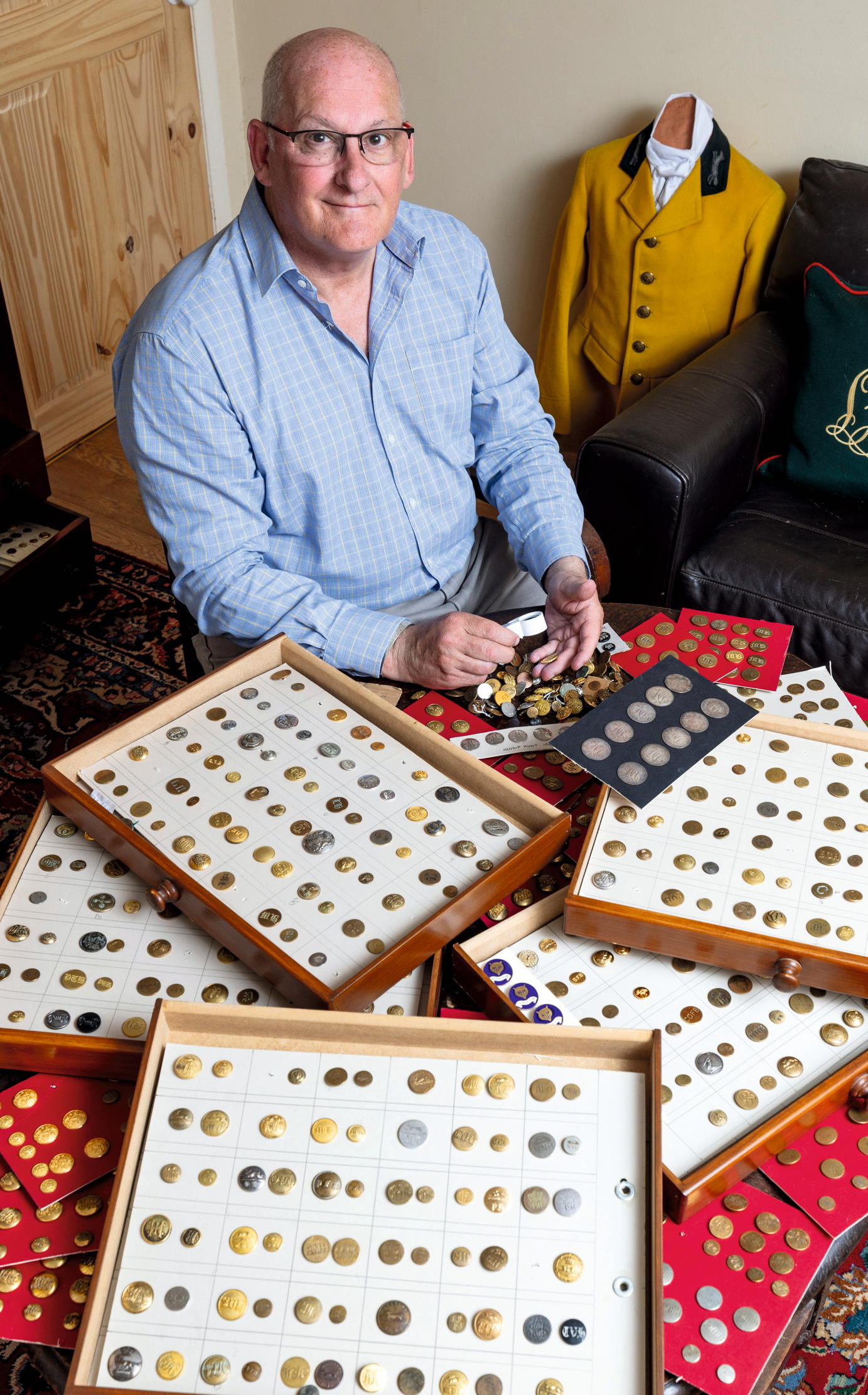
Entry-level British buttons cost between £5 and £15, but a collector might pay up to £400 for a rare one. Mr Thomas-Davies’s interest grew slowly at first: ‘It was all about personal contact in the old days, at meets or game fairs. Then I met a circle of other collectors and began swapping. Ebay has rather spoiled it — it used to be done by gentlemanly agreements, but has turned into a worldwide opportunity.’
Collecting for the connection to hunting is very much the British and French way, he explains. ‘I try to do it in the hunt servant’s way, one large and one small — at joint meets, it was a tradition for, say, the first whippers-in of the Beaufort and Portman to cut off and exchange two buttons with each other.’
Mr Thomas-Davies specialises in old Welsh packs and 18th-century silver, plus Indian hunts: ‘The Maharajah of Scindia’s is a fine example, featuring two cobras. I was sent one of the Maharajah of Mysore’s Hunt and I own a number relating to pig-sticking during the Raj — the Packsey Hunt Club is one of the most ornate.’ The rarest English one is a single ‘Q’ Quorn button worn by 19th-century field sportsman and MP Thomas Assheton-Smith.
The button I wouldn’t part with: ‘My rarest Welsh button, of Stackpole Court, Pembrokeshire. The emotional tie is that it comes, with their love, from the Wolsey sisters; the family tie is that when the French tried to invade Fishguard in 1797, Sir John Campbell of Stackpole led the resistance and they surrendered after being frightened by fierce Welsh women wearing the traditional red skirts and tall black hats, one of whom was my ancestor!’
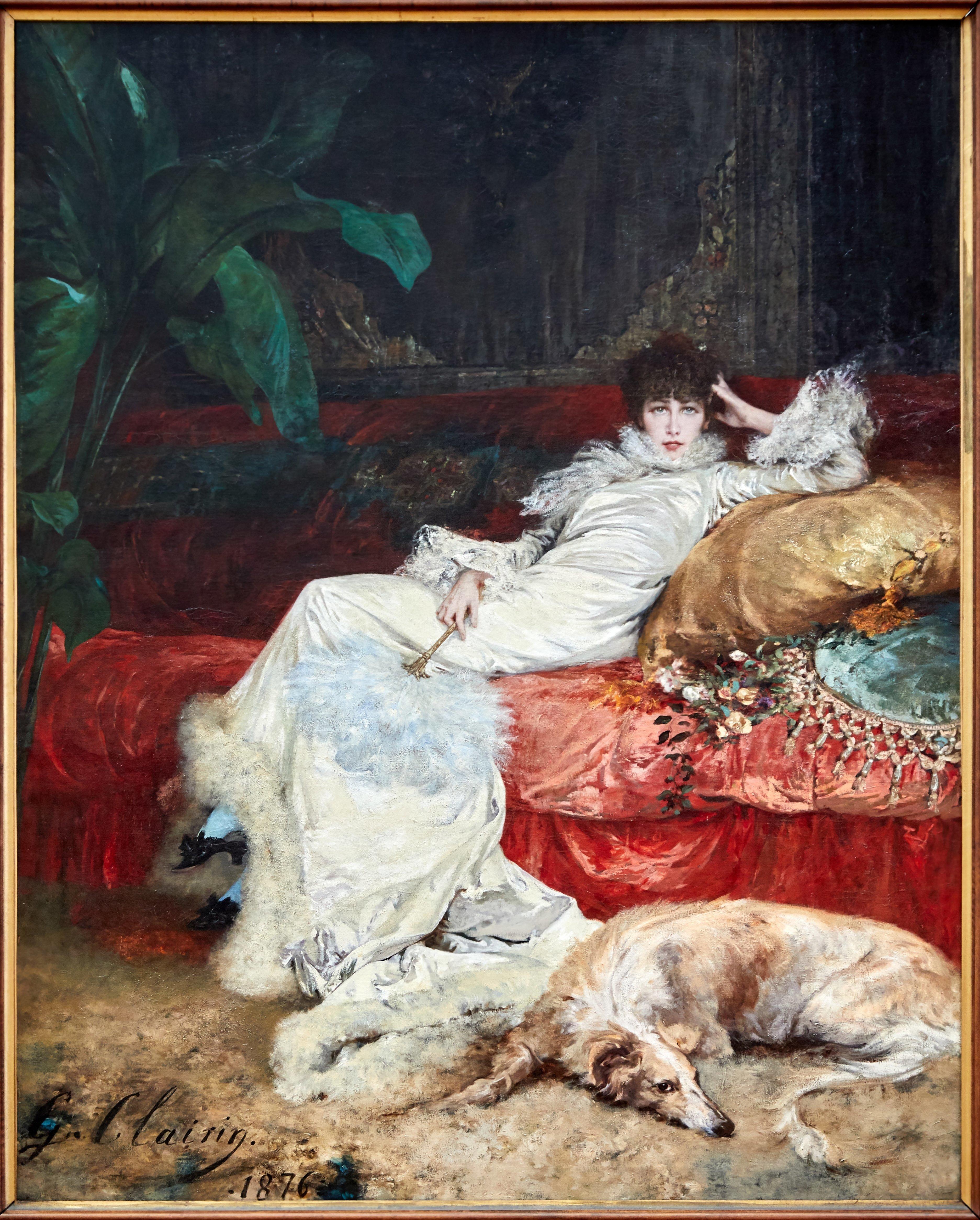
My Favourite Painting: Gyles Brandreth
Broadcaster and writer Gyles Brandreth makes his choice, a portrait of one of the most famous women of the 19th
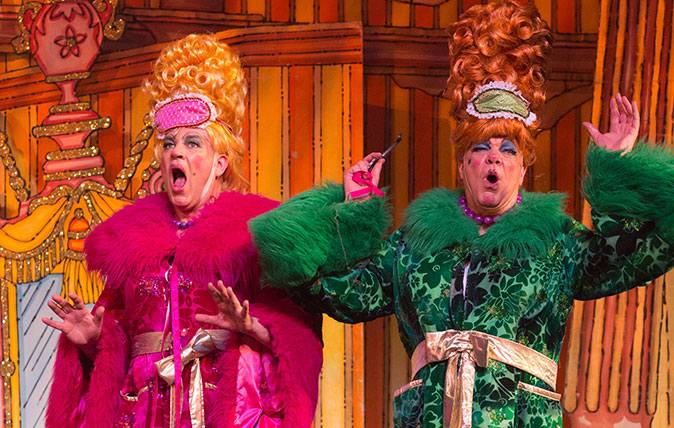
Why we still love pantomime ('Oh no we don't'...'Oh yes we do'...)
Corny, hammed-up, ritualistic – and yet Pantomime is still a hugely lovely theatrical format. Perennial pantomime villain Kit Hesketh-Harvey explains
Agnes has worked for Country Life in various guises — across print, digital and specialist editorial projects — before finally finding her spiritual home on the Features Desk. A graduate of Central St. Martins College of Art & Design she has worked on luxury titles including GQ and Wallpaper* and has written for Condé Nast Contract Publishing, Horse & Hound, Esquire and The Independent on Sunday. She is currently writing a book about dogs, due to be published by Rizzoli New York in September 2025.
-
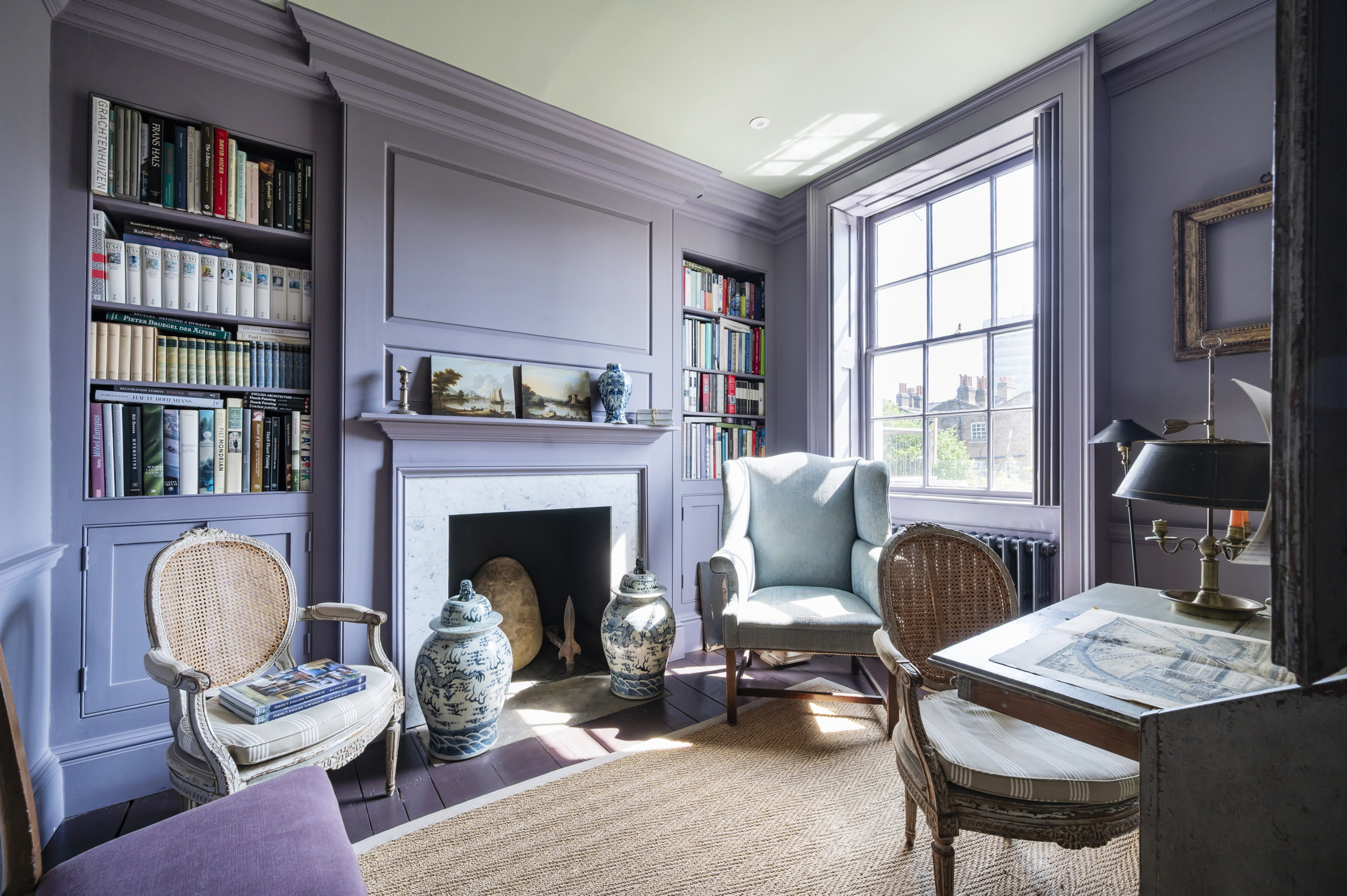 Vibrant colours and exquisite taste make this three-bedroom London townhouse sing
Vibrant colours and exquisite taste make this three-bedroom London townhouse singOn Kennington's West Square, this Grade II-listed home is a monument to the discerning eye.
-
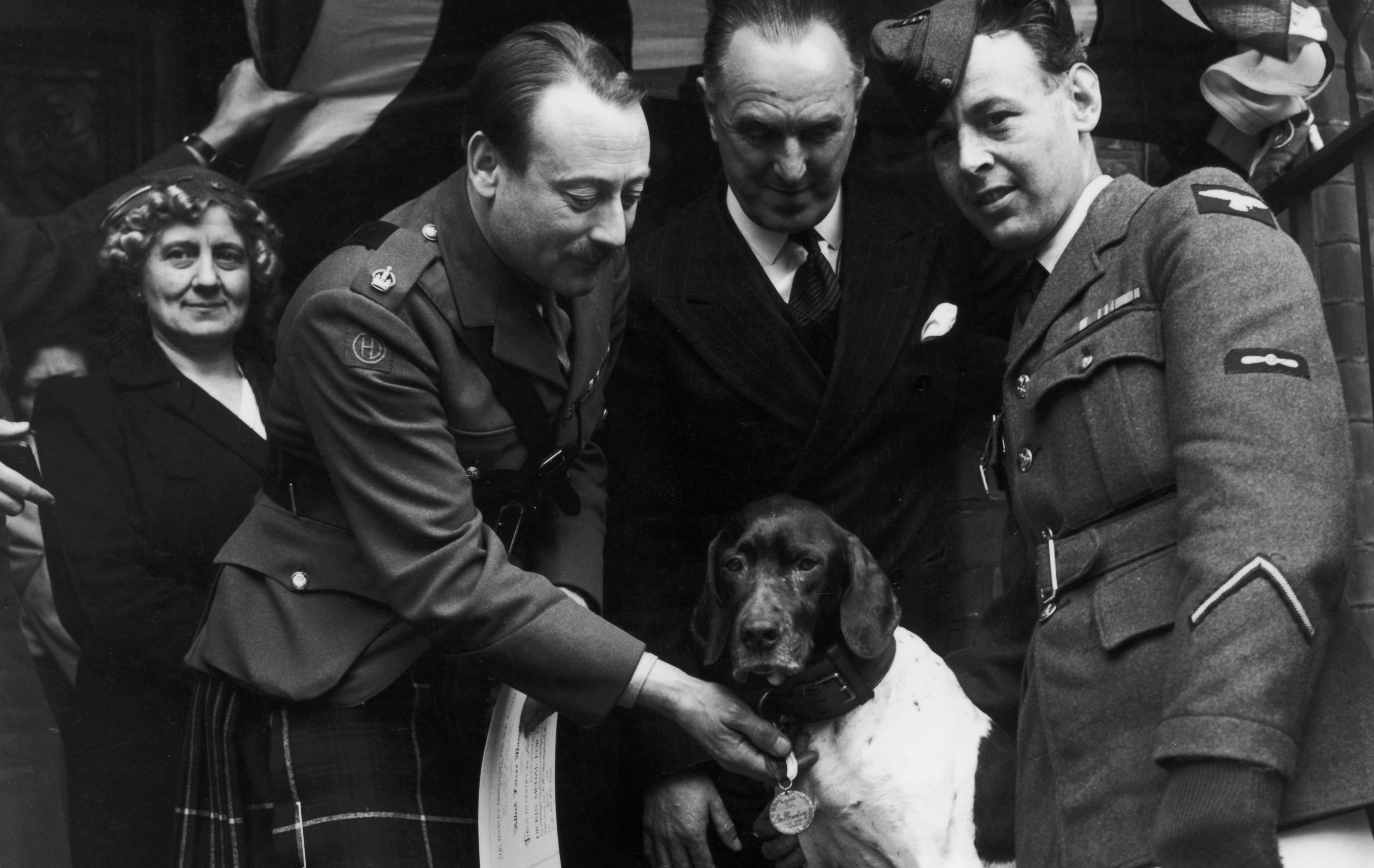 What do 32 pigeons, 38 dogs, four horses and one cat have in common? They've all been awarded a Dicken medal, and now you can have one too
What do 32 pigeons, 38 dogs, four horses and one cat have in common? They've all been awarded a Dicken medal, and now you can have one tooPunch and Judy, two brave boxer dogs, saved the lives of British officers in Palastine. Now Judy's PDSA Dickin Medal will go under the hammer at Noonans on June 11.
-
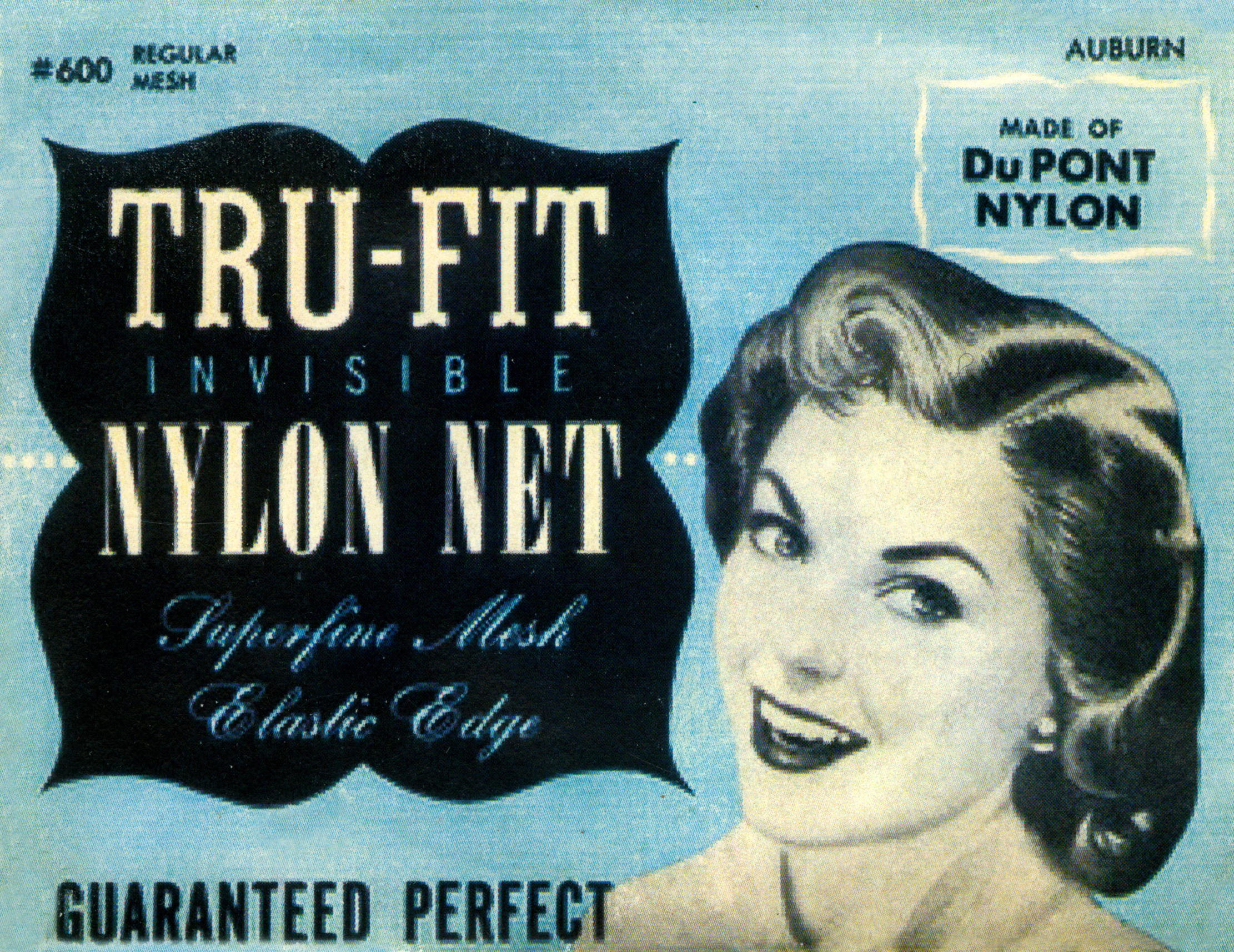 From fighting for stockings to flying on the Moon: How nylon changed the world
From fighting for stockings to flying on the Moon: How nylon changed the worldAlmost 90 years after it was first discovered, Martin Fone looks at the history of this mass produced man-made fibre.
-
 Curious Questions: Why do woolly hats have bobbles?
Curious Questions: Why do woolly hats have bobbles?Some can rock a bobble hat, others will always resemble Where’s Wally, but the big question is why the bobbles are there in the first place. Harry Pearson finds out as he celebrates a knitted that creation belongs on every hat rack.
-
 Curious Questions: We used to fly cars across the English Channel in 20 minutes — why did we stop?
Curious Questions: We used to fly cars across the English Channel in 20 minutes — why did we stop?It seems hard to believe, but taking your car across the English Channel to France by air actually pre-dates the cross-channel car ferry. So how did it fall out of use almost 50 years ago? Martin Fone investigates.
-
 Curious Questions: Who invented the rear-view mirror?
Curious Questions: Who invented the rear-view mirror?Although obvious now, the rearview mirror wasn't really invented until the 1920s. Even then, it was mostly used for driving fast and avoiding the police.
-
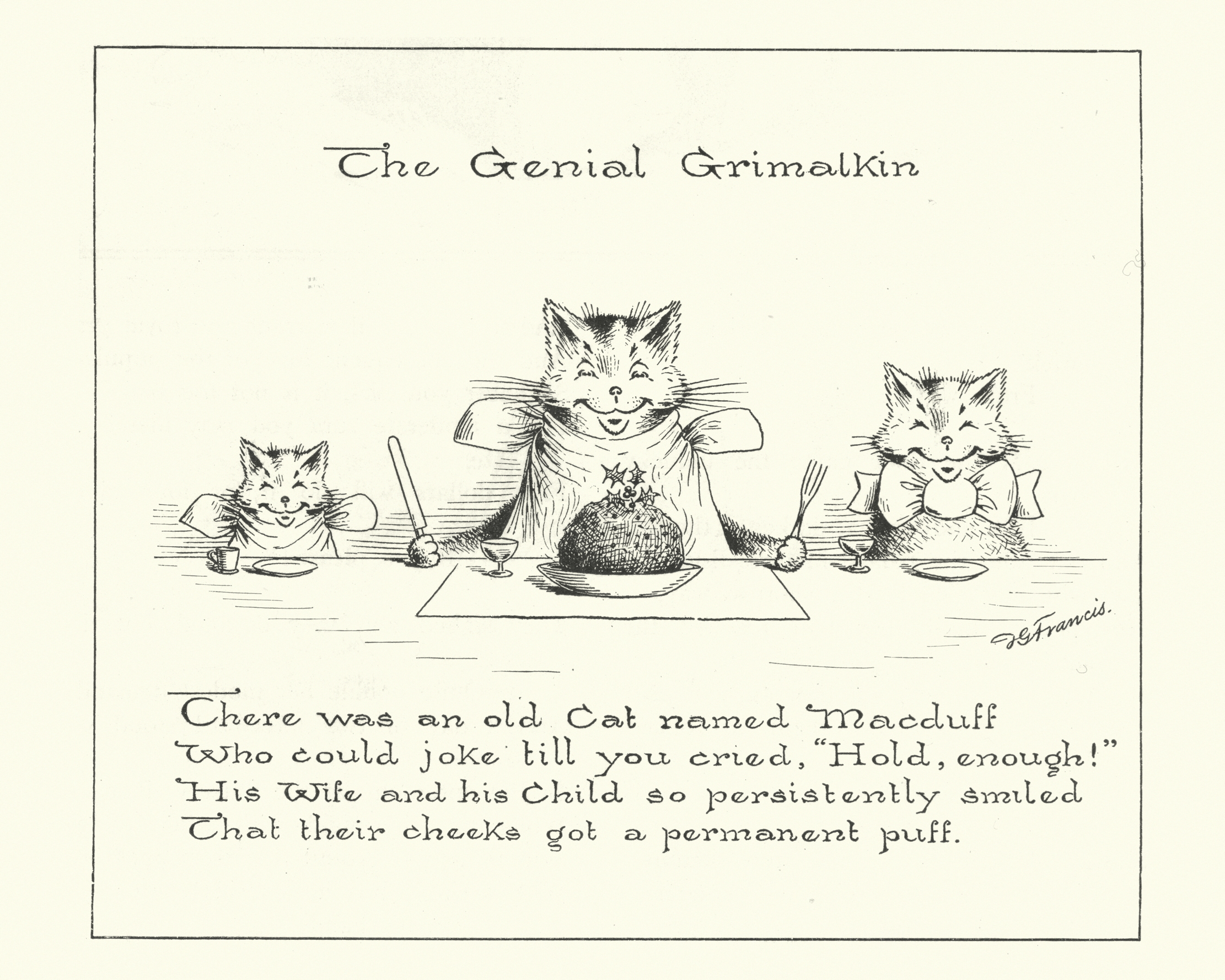 Curious Question: Did the limerick originate in Limerick?
Curious Question: Did the limerick originate in Limerick?Before workers wasted time scrolling Twitter or Instagram, they wasted their time writing limericks.
-
 You rang, your majesty? What it was like to be a servant in the Royal Household
You rang, your majesty? What it was like to be a servant in the Royal HouseholdTending the royal bottom might be considered one of the worst jobs in history, but a life in elite domestic service offered many opportunities for self-advancement, finds Susan Jenkins.
-
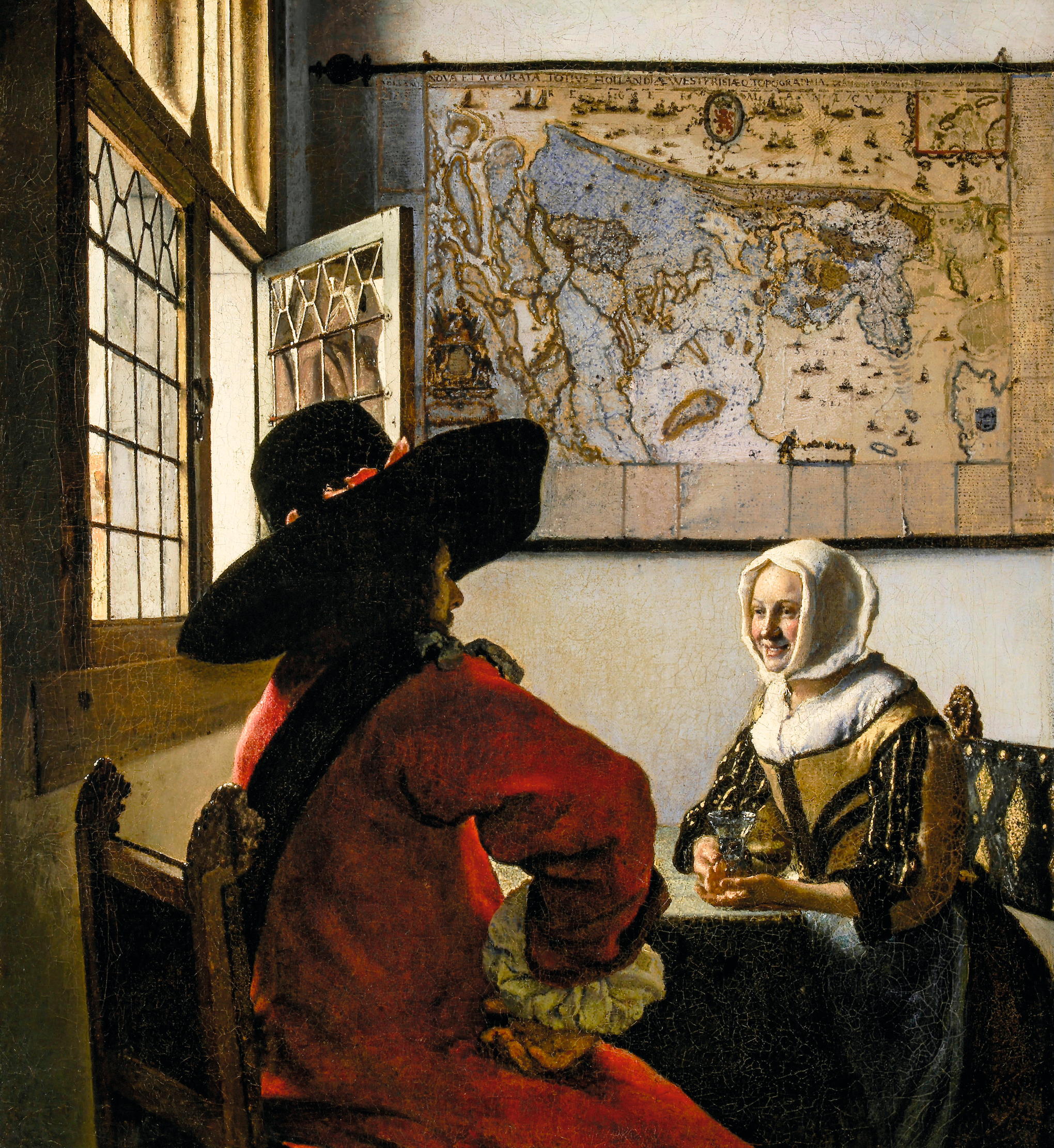 Curious Questions: Why are there so few smiles in art?
Curious Questions: Why are there so few smiles in art?Centuries of portraits down the ages — and vanishingly few in which the subjects smile. Carla Passino delves into the reasons why, and discovers some fascinating answers.
-
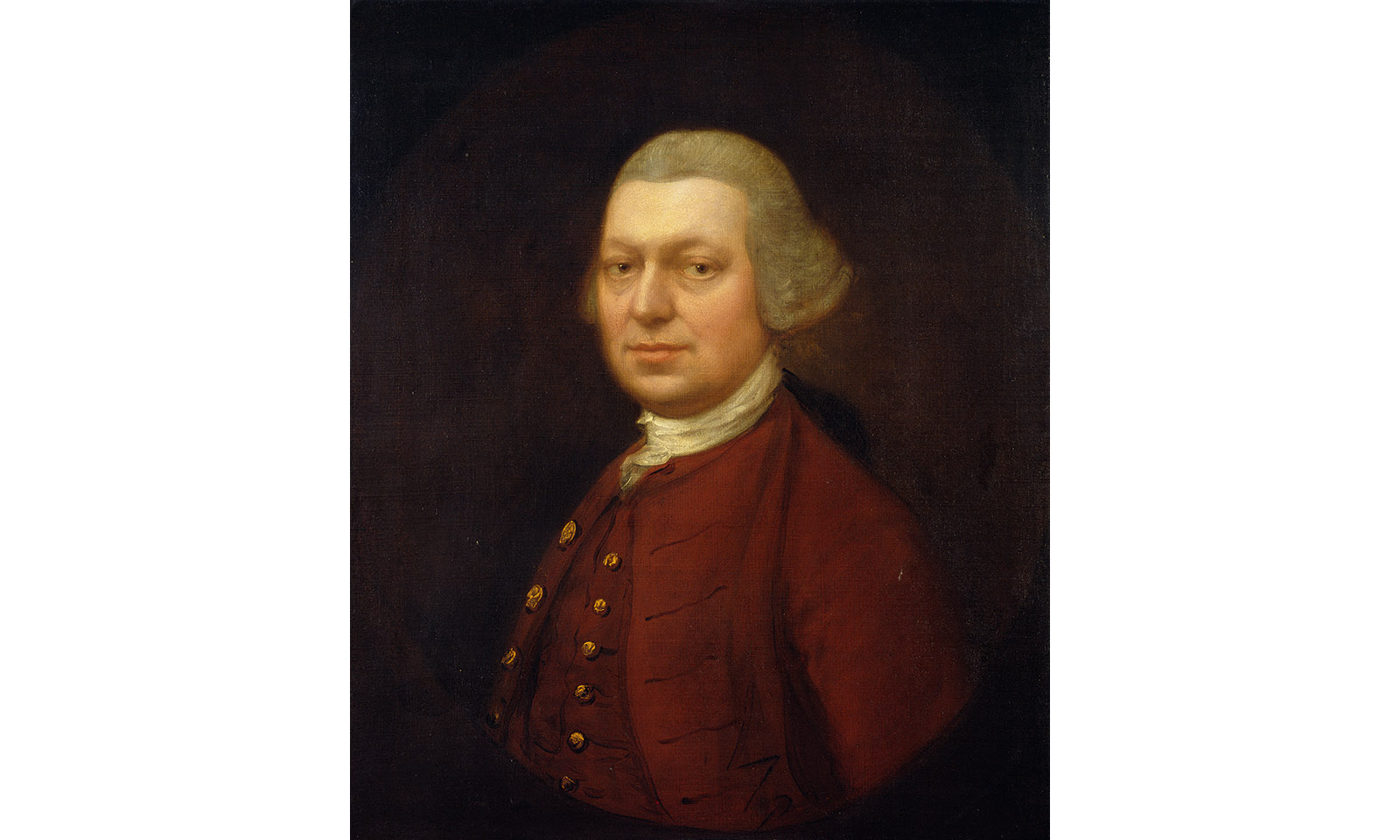 One of the cleverest pictures ever made, and how it was inspired by one of the cleverest art books ever written
One of the cleverest pictures ever made, and how it was inspired by one of the cleverest art books ever writtenThe rules of perspective in art were poorly understood until an 18th century draughtsman made them simple. Carla Passino tells the story of Joshua Kirby.